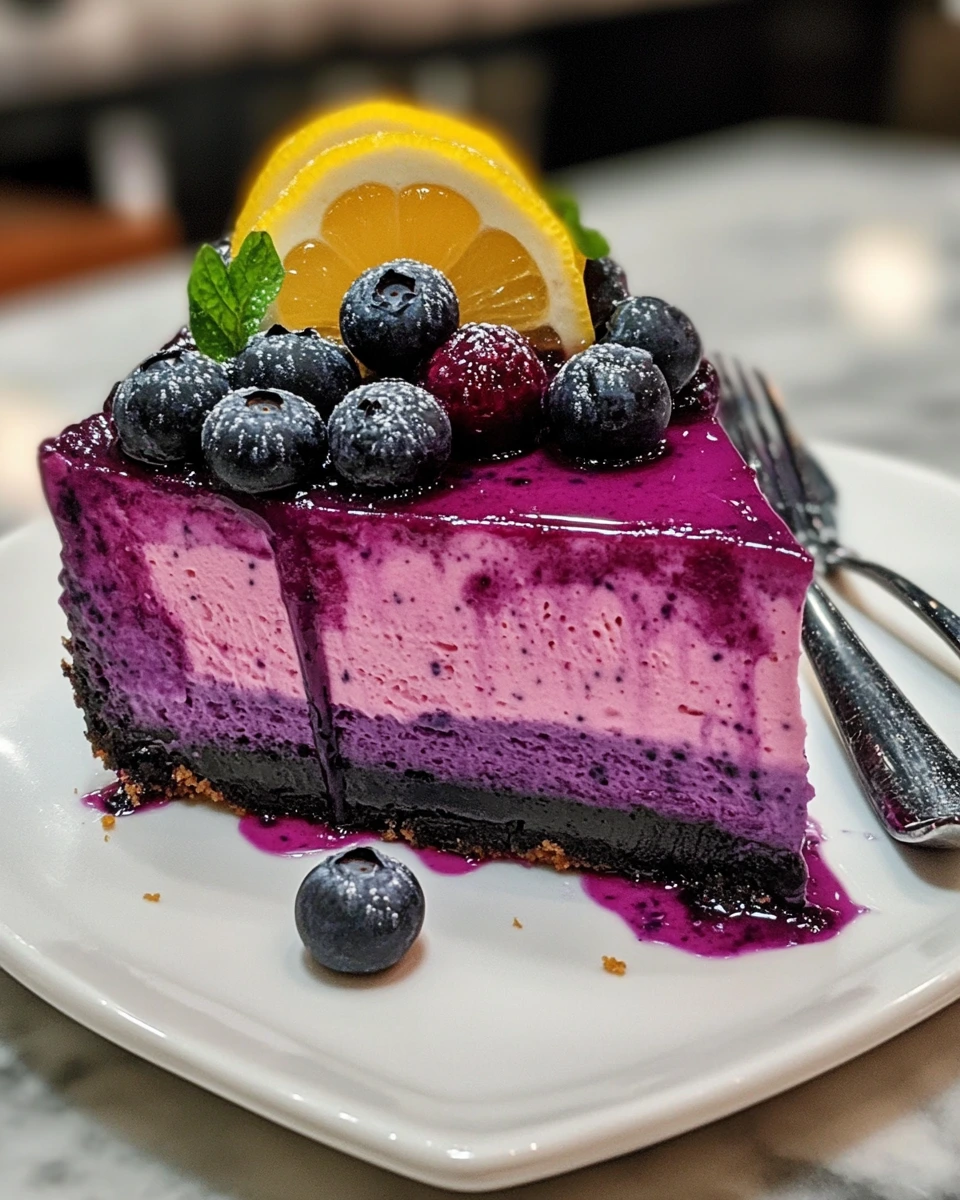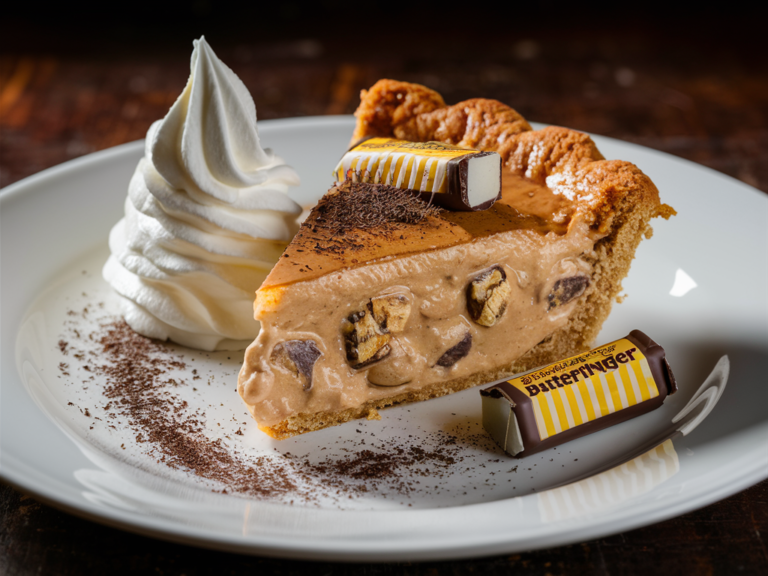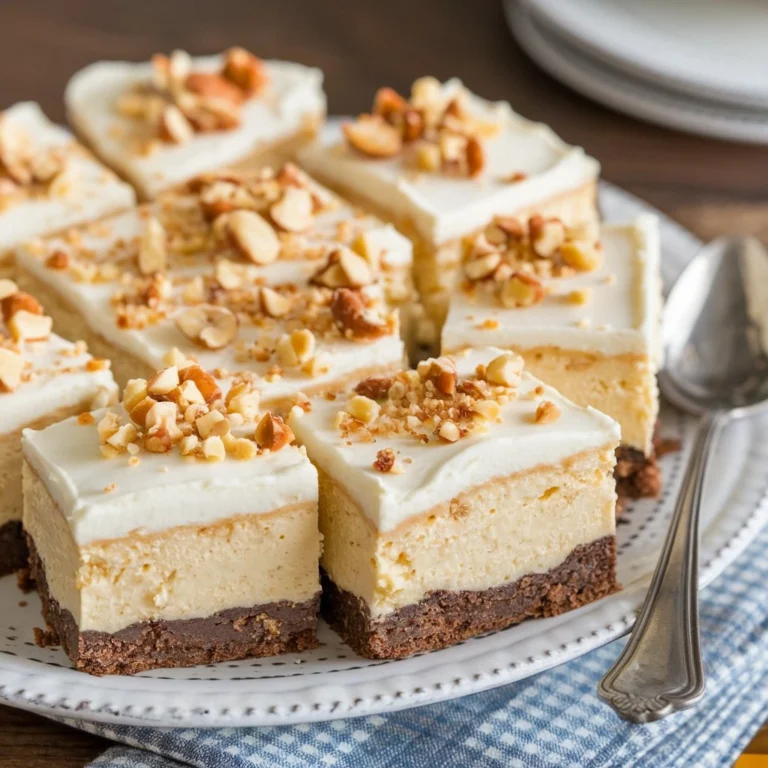Why Did My Lemon Cheesecake Not Set?
Why Did My Lemon Cheesecake Not Set?
Lemon cheesecake is a decadent dessert that combines the tartness of lemon with the creamy, rich texture of cheesecake. However, achieving that perfect texture can sometimes be tricky, and many home bakers encounter the frustrating issue of their cheesecake not setting properly. Whether it’s a no-bake or baked cheesecake, there are multiple reasons why your lemon cheesecake might not set as expected.
This comprehensive guide will delve into the common reasons behind this problem and provide solutions for how to fix and prevent these issues in the future. We’ll also explore the nuances of both no-bake and baked cheesecakes, offering detailed tips on preparation, ingredient selection, and baking techniques to ensure your lemon cheesecake sets perfectly every time.
The Science of Cheesecake: Understanding Why it Must Set
Before diving into specific reasons why your lemon cheesecake might not set, it’s important to understand the science behind cheesecake. Whether baked or no-bake, the setting process is crucial for giving the cheesecake its characteristic creamy, yet firm, texture.
In a baked cheesecake, the setting process happens in the oven as the proteins in the eggs coagulate and create a stable structure. For no-bake cheesecakes, the setting happens as the ingredients firm up in the refrigerator, with gelatin or other stabilizers playing a key role. If anything interferes with these processes, your cheesecake will remain soft or runny.
Let’s explore the most common reasons your cheesecake might not set properly.
Common Reasons Why Your Lemon Cheesecake Didn’t Set
If your lemon cheesecake hasn’t set, it could be due to a variety of issues. Here, we outline the most frequent reasons and offer tips on how to avoid or fix them.
1. Inadequate Chilling Time
One of the most common reasons a no-bake lemon cheesecake doesn’t set is because it hasn’t been chilled for long enough. No-bake cheesecakes rely on refrigeration to firm up, as ingredients like cream cheese, whipped cream, and gelatin need time to bind together and set.
How Long Should a Cheesecake Chill?
Ideally, a no-bake cheesecake should chill for at least 6-8 hours in the refrigerator, but overnight is preferable for the best results. This allows all the ingredients to properly combine and firm up.
For baked cheesecakes, the setting process doesn’t stop when you take it out of the oven. After baking, the cheesecake needs to cool at room temperature before being transferred to the fridge for several hours or even overnight to firm up completely.
What Happens if You Don’t Chill Long Enough?
If you attempt to cut into your cheesecake too early, you’ll likely end up with a soft, gooey texture rather than the firm, creamy consistency you desire. In some cases, placing the cheesecake in the freezer for a couple of hours can help speed up the setting process, but this should be used sparingly, as it can affect the texture.
How to Fix It:
- Be patient and allow the cheesecake to fully chill.
- If you need to speed up the process, place the cheesecake in the freezer for 1-2 hours before transferring it to the fridge.
For more tips on achieving the perfect texture, check out this recipe for prune cupcakes that also emphasizes proper chilling techniques for baked goods.
2. Incorrect Use of Gelatin or Thickening Agents
When making a no-bake lemon cheesecake, gelatin or other thickening agents are often used to help the cheesecake set properly. However, issues arise when the gelatin is not used correctly, leading to a cheesecake that remains soft or runny.
Common Gelatin Mistakes
- Not dissolving gelatin properly: Gelatin must be dissolved in hot liquid before it is added to the cheesecake mixture. If it’s not fully dissolved, it will not activate and help the cheesecake set.
- Using too much or too little gelatin: The amount of gelatin used needs to be just right. Too much gelatin will make the cheesecake rubbery, while too little will leave it too soft.
Gelatin Alternatives
For those who prefer not to use gelatin, there are other thickening agents that can be used, such as:
- Agar-agar: A plant-based gelatin substitute that is popular in vegan baking.
- Cornstarch or arrowroot: These thickeners can help achieve a firm texture in baked cheesecakes.
If you’re working with gelatin or other thickeners, make sure to follow the recipe precisely. For a more in-depth guide on working with ingredients that impact texture, check out this article on coffee cupcake recipes.
How to Fix It:
- If the cheesecake hasn’t set, dissolve a bit of gelatin in hot water and carefully mix it into the cheesecake filling, then refrigerate again.
- For no-bake cheesecakes, try freezing the cheesecake for a short time to help it firm up.
3. Too Much Liquid in the Recipe
Another common problem is the inclusion of too much liquid in the recipe. Whether it’s lemon juice, cream, or other wet ingredients, excess liquid can throw off the balance and prevent the cheesecake from setting.
The Role of Lemon Juice
Lemon juice is a key ingredient in lemon cheesecake, providing the tartness that makes this dessert so delicious. However, too much lemon juice can add more liquid than the cheesecake can handle, making it difficult to set.
Cream and Dairy Ingredients
Similarly, cream, sour cream, or even low-fat cream cheese can add extra moisture to the cheesecake batter. Full-fat cream cheese is recommended because it provides the best structure for setting.
How to Fix It:
- Be sure to measure your liquid ingredients carefully and stick to the recipe.
- If your cheesecake is too runny after mixing, consider adding an extra stabilizer like gelatin or agar-agar.
- For baked cheesecakes, you can bake the cheesecake a little longer to help the excess liquid evaporate.
4. Improper Baking Techniques (For Baked Cheesecakes)
For baked cheesecakes, improper baking techniques can lead to a cheesecake that doesn’t set. The baking process is crucial for creating a firm structure, and there are several things that can go wrong during this phase.
Common Baking Mistakes
- Underbaking: If your cheesecake is not fully baked, it will remain soft in the center. Make sure to bake your cheesecake until the center has a slight jiggle but is not liquid.
- Oven temperature issues: Baking at the wrong temperature can result in uneven cooking. Make sure your oven is properly calibrated and set to the correct temperature as per the recipe.
- Skipping the water bath: A water bath helps regulate the baking temperature and prevents the edges of the cheesecake from cooking too quickly, which can lead to a cracked or unset center.
How to Fix It:
- If your cheesecake is underbaked, place it back in the oven for an additional 10-15 minutes at a low temperature.
- Always bake your cheesecake in a water bath to ensure even cooking.
5. Overmixing the Batter
When preparing the cheesecake batter, it’s important to avoid overmixing. Overmixing incorporates too much air into the batter, which can lead to a cheesecake that is too light and doesn’t set properly. Additionally, overmixing can cause the cheesecake to crack during baking.
Why Overmixing Is a Problem
Air trapped in the batter will expand during baking and then contract as the cheesecake cools, causing cracks or a collapse in the center. This can prevent the cheesecake from setting evenly.
How to Mix Properly
- Mix on low speed and only until the ingredients are fully combined.
- Avoid using high-speed settings on your mixer, as this can whip too much air into the batter.
How to Fix It:
- If you notice your cheesecake has cracks or is too soft after mixing, try adding a thickener like gelatin or cornstarch to help stabilize the structure.
6. Using Low-Quality or Incorrect Ingredients
The quality of the ingredients you use in your cheesecake can also affect its ability to set properly. Using low-fat or non-dairy alternatives can result in a softer texture because they lack the fat content needed to create structure.
Full-Fat Cream Cheese is Key
Full-fat cream cheese provides the richness and structure that is essential for a cheesecake to set. Low-fat or fat-free versions will not work as well and may lead to a runny cheesecake.
How to Fix It:
- Always use full-fat cream cheese and fresh, high-quality ingredients to ensure your cheesecake sets properly.
For further guidance on using quality ingredients in desserts, check out this guide on mini cupcake recipes, which highlights how ingredient quality affects texture and taste.
How to Fix a Cheesecake That Didn’t Set
If your cheesecake hasn’t set, don’t worry! There are several ways you can fix an unset cheesecake and salvage your dessert.
1. Re-chill the Cheesecake
For no-bake cheesecakes, the simplest solution is to give the cheesecake more time to chill. If the cheesecake is still too soft after several hours, place it in the freezer for 1-2 hours to help firm it up.
2. Re-bake the Cheesecake (For Baked Cheesecakes)
If your baked cheesecake hasn’t set properly, you can return it to the oven. Place the cheesecake back in the oven at a low temperature (around 250°F or 120°C) for 10-15 minutes. Keep a close eye on it to avoid overcooking.
3. Add More Thickener
For no-bake cheesecakes, adding more gelatin or another thickening agent can help firm up the texture. Dissolve a small amount of gelatin in hot water, mix it into the cheesecake filling, and refrigerate for several hours to set.
Preventative Measures for Next Time
To ensure your cheesecake sets perfectly next time, follow these preventative measures:
1. Follow the Recipe Closely
Recipes for cheesecakes are carefully crafted to achieve the right balance of ingredients. Be sure to measure everything accurately and follow the steps precisely.
2. Use Full-Fat Ingredients
Full-fat cream cheese, sour cream, and heavy cream are essential for achieving the rich texture and structure of a cheesecake. Avoid using low-fat or non-dairy substitutes unless specified in the recipe.
3. Chill for Long Enough
Whether baked or no-bake, cheesecakes need time to chill and set. Plan ahead and allow at least 6-8 hours of refrigeration, or even overnight, for the best results.
4. Use a Water Bath for Baked Cheesecakes
Baking your cheesecake in a water bath will help ensure even cooking and prevent cracks, which can affect how the cheesecake sets.
FAQs
Why is my cheesecake runny in the middle?
A cheesecake that is runny in the middle is usually underbaked or hasn’t chilled long enough. Make sure to bake it until the center has a slight jiggle, and always allow it to cool and chill for the recommended amount of time.
Can I fix an unset cheesecake without re-baking?
Yes! For no-bake cheesecakes, you can try freezing the cheesecake for a couple of hours to firm it up. If it’s still too soft, dissolve more gelatin in hot water and mix it into the cheesecake filling.
What happens if I didn’t add enough gelatin?
If you didn’t add enough gelatin, your no-bake cheesecake may not set properly. You can dissolve additional gelatin in hot water, mix it into the filling, and refrigerate again to help it set.
How long does cheesecake take to set in the fridge?
Typically, cheesecakes need at least 6-8 hours to set in the refrigerator, but for best results, refrigerate them overnight.
Conclusion
Making the perfect lemon cheesecake requires attention to detail and patience. Whether you’re dealing with a no-bake or baked version, understanding the science behind why cheesecakes set and following the proper techniques will ensure your cheesecake turns out perfectly every time.
If your cheesecake hasn’t set, don’t despair! By troubleshooting common issues like inadequate chilling time, incorrect use of gelatin, or improper baking techniques, you can fix and prevent these problems from occurring in the future. With practice, you’ll be able to create a flawless lemon cheesecake with a smooth, creamy texture that everyone will love.







